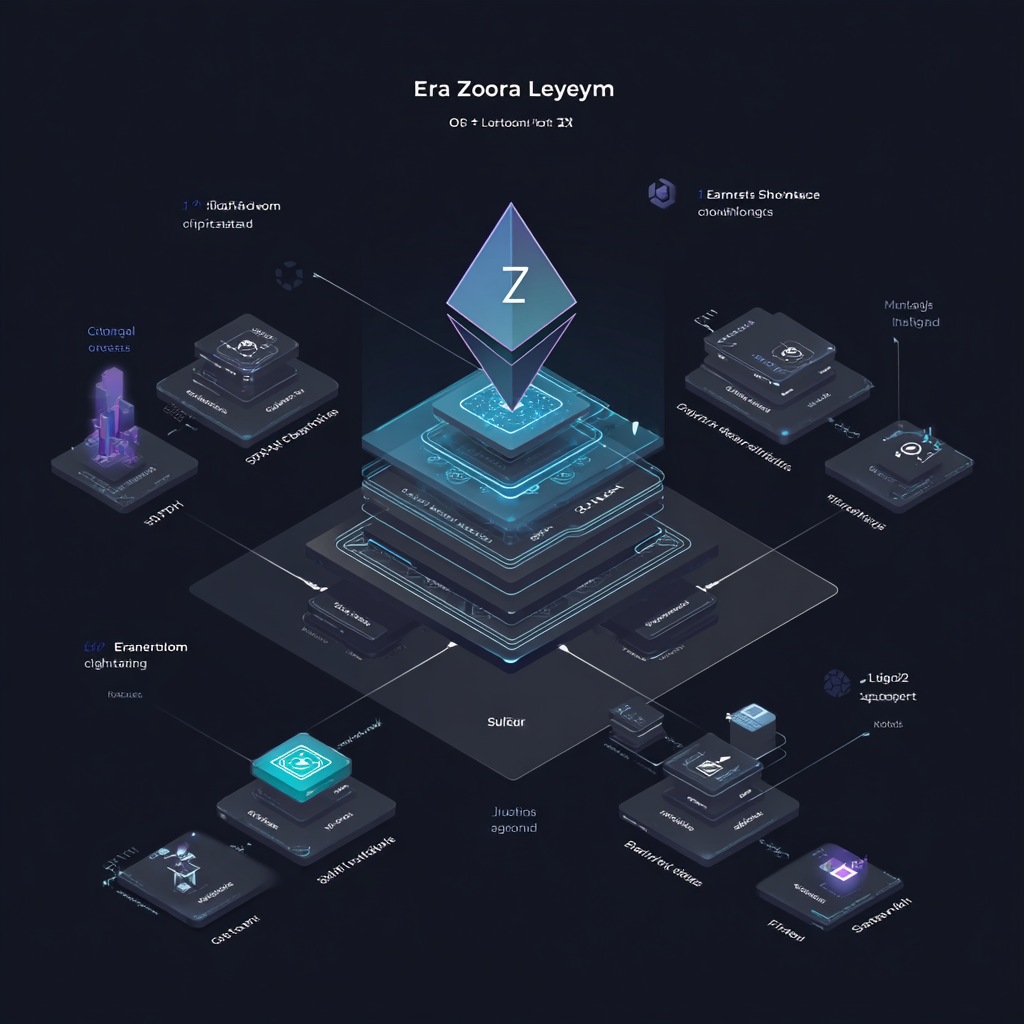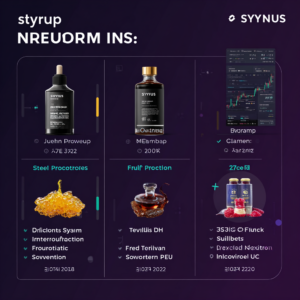
Transforming Ethereum L2 Base into a Solana Competitor
Is Zora Taking a Swing at Solana? The Layer 2 Showdown
When it comes to the ever-evolving landscape of blockchain, get ready for an announcement that’s making ripples: Zora, that shiny new Layer 2 rectangular gem built upon Ethereum's OP Stack, is on the rise. Could it possibly present a legitimate challenge to Solana, which has established itself as a prominent home for memecoins and token launches? Zora is certainly fanning the flames of excitement within the Ethereum ecosystem, launching a staggering number of tokens on Base—Coinbase's very own Ethereum Layer 2. But let’s not get carried away just yet; whether it can ultimately dethrone Solana remains an open question.
Here's the skinny on Zora and what it’s all about:
-
Zora operates as a Layer 2 network, utilizing OP Stack technology, much like Optimism and Coinbase’s Base. Its primary spotlight is on social and creator-driven NFTs and token minting. What's sexy about Zora? It inherits the rock-solid security of Ethereum while slashing transaction times and costs that can be less than 50 cents for minting NFTs. Forget the days of high gas fees; Zora is all about efficient scalability — perfect for creators who want to focus on their passion rather than their wallets.
-
Drumroll, please! Coinbase’s wallet transformation to Base App back in mid-2025 introduced social tools like Zora and Farcaster, turning it into a buzzing hub of creativity. Talk about a momentum shift! We saw a jaw-dropping spike in token launches, with over 38,000 new tokens rolling out just on July 24 alone—outpacing Solana's memecoin platforms that day (which managed a measly 29,012). Numbers like that are enough to tickle the fancy of any crypto enthusiast.
-
This wave of token creations presents Zora as a potential leader over competitors like Pump.fun and LetsBonk. It’s clear there’s momentum in this Layer 2 SocialFi space, with an audience of creators and social media aficionados eager to earn rewards from engaging with the platform.
-
However, not all that glitters is gold. There's a thorn in Zora’s side, the issue of liquidity. A significant portion of Zora tokens suffers from a lack of liquidity pools, leaving creators and users stuck with new tokens that might as well be digital coasters for all their value. This liquidity dilemma raises eyebrows and questions about the economic viability of these decorations.
-
Advocates like Alexander Cutler, the sharp-witted CEO of Aerodrome (a decentralized exchange operating on Base), push back against the skeptics. They emphasize that Zora appeals to everyday users—or "normies" as they call them—who crave simple, engaging interactions in the crypto space. This interaction could help distinguish authentic community-driven adoption from mere speculative blips.
-
For all of Zora's ambition, Solana still stands tall in terms of established infrastructure and blockchain activity. However, Zora’s quick and cheap transactions on Ethereum's Base could position it as a formidable adversary, slowly chipping away at Solana's robust reputation by placing creator ownership and social experiences front and center.
Zora's Unique Position and Technology
Zora operates like a well-oiled machine on Ethereum’s Layer 2, wielding the OP Stack framework to deliver a seamless blend of speed, security, and low transaction costs. It processes the bulk of its operations off Ethereum’s main chain, capturing the security without the congestion. Just take a look at the feature comparison:
| Feature | Zora (Layer 2 on Ethereum) | Ethereum Layer 1 |
|---|---|---|
| Technology | OP Stack-based Layer 2 for media, tokens, NFTs | Decentralized, general-purpose blockchain |
| Speed and Fees | Quick transactions, minting fees often < $0.50 | Congestion leads to higher fees |
| Use Case | Creator and social token economy | Diverse dApps: DeFi, gaming, and NFTs |
| Security & Decentralization | Ethereum-backed security with DAO governance in Base | Highly decentralized and globally maintained |
This setup establishes a permissionless paradise where creators can freely mint and trade digital assets without facing the red tape of intermediaries. Zora champions a creator-owned economy, leaving behind the shaky grounds of speculative trading spaces.
Community and Governance
What’s the secret sauce behind Zora’s governance? A DAO (Decentralized Autonomous Organization) model helps steer the ship through communal consensus. This means protocol upgrades, treasury funds, and ecosystem development are voted on democratically, ensuring members play a part in shaping the future. That’s the kind of community participation that adds to resilience and adaptability.
Why Zora Is Buzzed About as a “Solana Killer”
-
Token launch volume: Zora is quick on its feet, eclipsing Solana in sheer token output recently. Raw numbers like that resonate within the social tokenization community.
-
SocialFi magic: Its seamless integration into Base adds a creator-centric flair, making it alluring for social media users eager to monetize their posts.
-
Ethereum’s safety net: While Solana ventures independently on its mainnet, Zora taps into Ethereum’s established security, potentially wooing creators who prioritize a secure environment.
-
Cost efficiency: With minting and transaction fees considerably lower than their Ethereum Layer 1 counterparts, Zora creates an inviting playground for both creators and collectors alike.
Challenges and Skepticism
Despite the glittery numbers, let’s not forget the reality check:
-
Liquidity concerns: Just because a hundred tokens launched doesn’t mean they’ll find buyers. Many lack active markets, essentially leaving creators hanging with long-lost tokens—a pretty disheartening prospect.
-
Market maturity: Solana’s ecosystem boasts well-worn developer tools, exchanges, and a rich tapestry of infrastructure; Zora is still in the process of polishing its own offerings.
-
Speculation vs. utility: The impressive token launch figures might scream hype but don’t always reflect real utility or sustainable economic models. So, labeling Zora a "Solana killer" may be jumping the gun.
Final Thoughts
Zora isn’t just trying to play in the Layer 2 sandbox; it’s innovatively reshaping the Ethereum L2 narrative with a focus on SocialFi and token creation, establishing itself as a serious contender against Solana’s memecoin empire. Still, while it's revving up excitement with Base integration and tantalizingly low fees, pressing issues like liquidity and overall market maturity temper the exuberance of this “killer” claim. As the dynamics between these ecosystems continue to evolve, crypto enthusiasts should keep their eyes peeled on this engaging rivalry.
For an in-depth look into Zora, including its governance, OP Stack tech, and community impact, check out the Superchain Insights on Zora Network and delve into Phemex's Guide to Zora for technical nuances.
Want to stay up to date with the latest news on neural networks and automation? Subscribe to our Telegram channel: @channel_neirotoken

